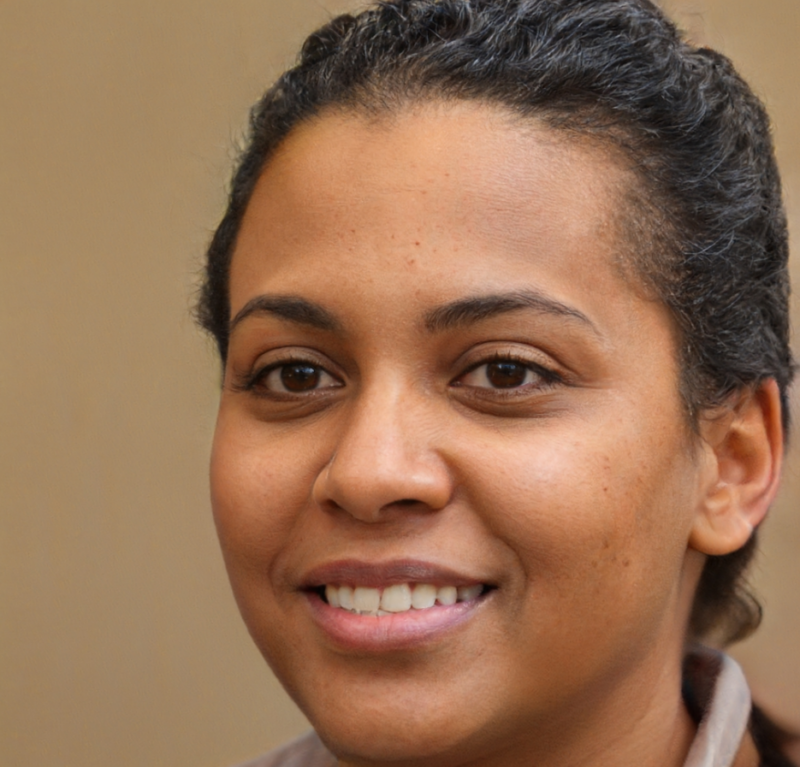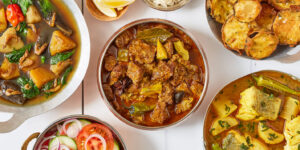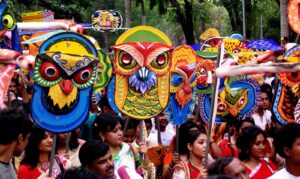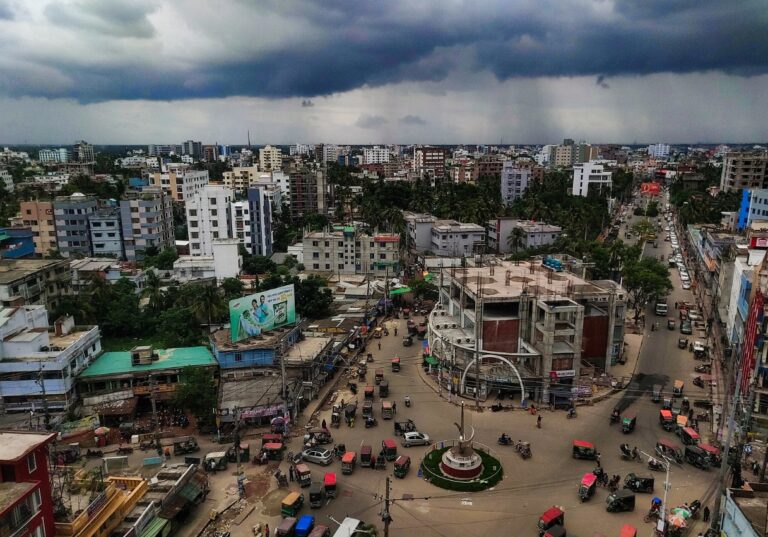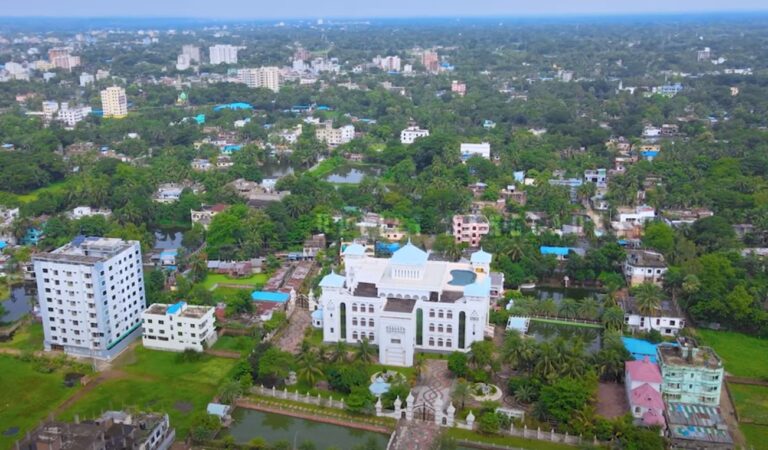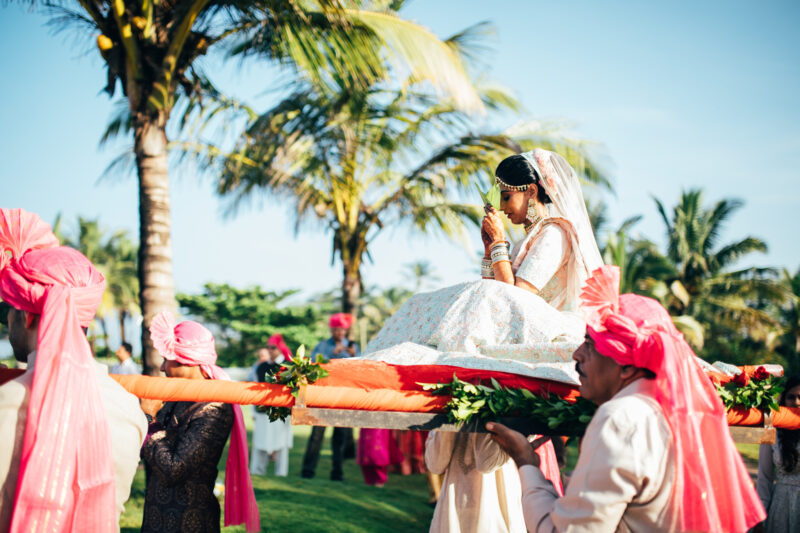
If you thought weddings were already quite the spectacle, you haven’t seen anything until you’ve attended a Bengali wedding.
With ceremonies that can span four to five days, each day packed to the brim with rituals that range from profoundly spiritual to downright entertaining, it’s an experience that can leave you feeling enchanted and drained all at once.
Today, I’ll provide you with an overview of what goes down at these culturally rich celebrations.
The Pre-Wedding
Adan Pradan
First off, the wedding date isn’t just randomly plucked out of thin air. The families, often accompanied by a religious leader, come together for the Adan Pradan ceremony.
During this gathering, they engage in extensive discussion and consult the Hindu calendar to determine an auspicious date. It’s a bit like trying to meticulously synchronize the celestial bodies, if you will.
Ashirbaad
Once the date for the wedding is set, it’s time for the Ashirbaad ceremony. During this event, both families come together to exchange blessings and gifts, solidifying the union through a ceremonial exchange of gold jewelry.
This marks the formal “we’re now one family” moment, accompanied by an abundance of family photos.
Aiburo-bhaat
Aiburo-bhaat is a traditional pre-wedding feast where the bride and groom indulge in their favorite dishes. It’s their final opportunity to enjoy a carefree meal before transitioning into married life.
You could consider it a culturally sanctioned, extravagant dining experience before the dietary restrictions of wedded bliss commence.
The Wedding Day
Dodhi Mangal
The day kicks off absurdly early with Dodhi Mangal. The families of the soon-to-be newlyweds make the trek to a nearby river at the crack of dawn to collect water.
They’re expected to abstain from food and drink until the wedding ceremony, which is no easy feat given the physical and emotional whirlwind of the day.
Nandi Mukh
Next up is Nandi Mukh, where the newlyweds make an offering to their ancestors. A priest guides this ritual, ensuring the spirits of the past are honored and everything goes off without a hitch. It’s a blend of spirituality and a touch of tradition.
Gaye Holud
Gaye Holud is the Bengali counterpart to the North Indian Haldi ceremony. Both families apply turmeric paste to the bride and groom, giving them a radiant, sun-kissed appearance.
It’s a lively and festive occasion, though it does tend to leave permanent stains on one’s attire.
Shankha-Pola
The bride adorns herself with Shankha-Pola – bangles crafted from conch shell and red coral. These accessories signify her marital status.
They’re more than just decorative pieces; they’re a bold proclamation to the world that she’s a married woman.
Bor Boron
The groom’s arrival is a significant moment when the bride’s family formally welcomes him. The occasion is marked by joyful singing, the ritual of aarti, and the sharing of sweets.
This celebratory event can be seen as a prelude to the main wedding ceremony.
Subho Drishti
In Subho Drishti, the couple catches their initial glimpse of one another through the betel leaves. It’s quite a dramatic moment, often accompanied by furtive glances and shy smiles.
Mala Bodol
The Mala Bodol ceremony involves a lighthearted exchange of floral garlands between the couple. Their friends will sometimes lift the bride, making it more challenging for the groom to place the garland, adding a touch of playful competition to the romantic event.
Sampradan
In the Sampradan ritual, a senior family member formally presents the bride to the groom as Vedic mantras are recited.
It’s a moving moment of ceremonial transfer, where the family entrusts the care of their loved one to the groom.
Yagna
The couple takes a seat next to the ceremonial fire for the Yagna ritual, making symbolic offerings to Agni, the deity of fire.
This process involves reciting various mantras and facilitates a profound spiritual connection between the individuals.
Saptapadi
The Saptapadi ceremony has the couple making their vows as they take seven steps around the sacred fire. With each stride, they commit to a new promise – everything from supporting one another to being lifelong partners.
Sindoor Daan
The wedding ceremony wraps up with the Sindoor Daan ritual, where the groom applies that distinctive red powder to the bride’s hair part.
This symbolic gesture signifies her transition into the role of a married woman, with all the associated social connotations.
Post-Wedding Festivities
Biday
Biday is the ceremony where the bride says goodbye to her family home. It’s an emotional event that marks her transition into married life. Be sure to have some tissues on hand, as it’s sure to bring a tear to everyone’s eye.
Bodhu Baran
When the bride reaches her new abode, she’s welcomed with Bodhu Baran – a set of rituals meant to signify prosperity and plenty. As part of this tradition, she steps into a vessel filled with milk and Alta, which symbolize purity and good fortune.
Kaal Ratri
The newlyweds spend their first night apart on Kaal Ratri – a night that marks the end of their time as individuals. Though it may have offered a bit of respite from the hectic events of the day, one can imagine the palpable anticipation they must feel as they look forward to the next chapter of their lives together.
Bou-bhat
The Bou-bhat ceremony is kind of like a reception where the groom’s family celebrates the new marriage. In this event, the groom feeds the bride, essentially pledging to take on the responsibility of caring for her for the rest of their lives. It’s a meaningful ceremony attended by their loved ones and accompanied by plenty of delicious food.
Phool-sajya
The last ceremonial step is Phool-sajya, where the couple’s bedroom is meticulously decorated with flowers for their inaugural night as husband and wife. The intent is to cultivate a romantically charged ambiance, though it may inadvertently trigger a slew of floral-related allergies.
Summary
Bengali weddings are quite the spectacle, aren’t they? It’s a whirlwind of rituals, customs, and festivities that can feel never-ending at times.
From the elaborate pre-wedding ceremonies to the grand finale of post-wedding traditions, it’s a cultural experience that can be both exhilarating and draining. But that’s all part of the charm.
Related Posts:
